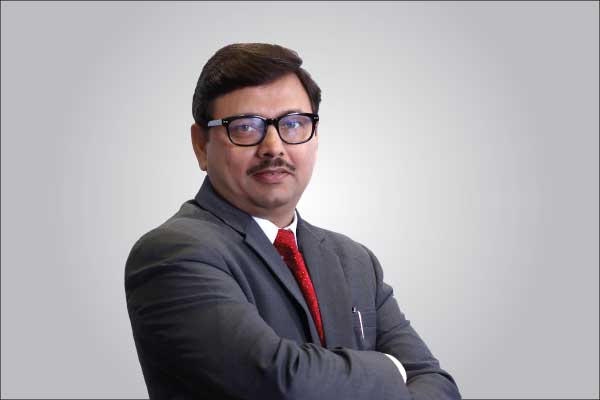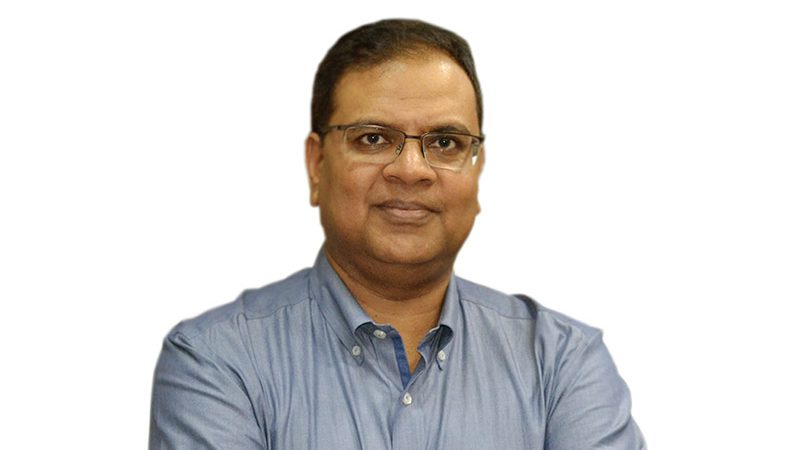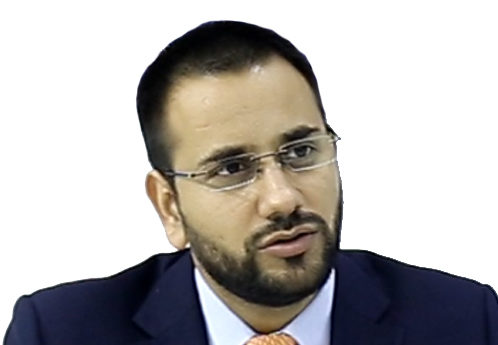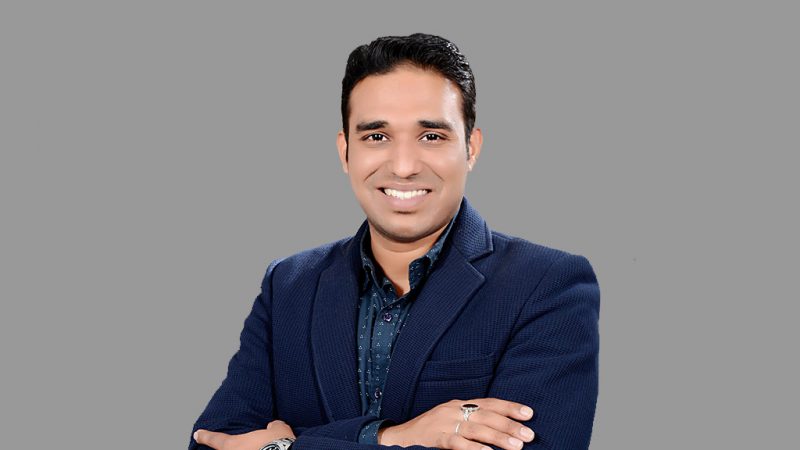Interview: Ashish Khanna – Tata Power Solar
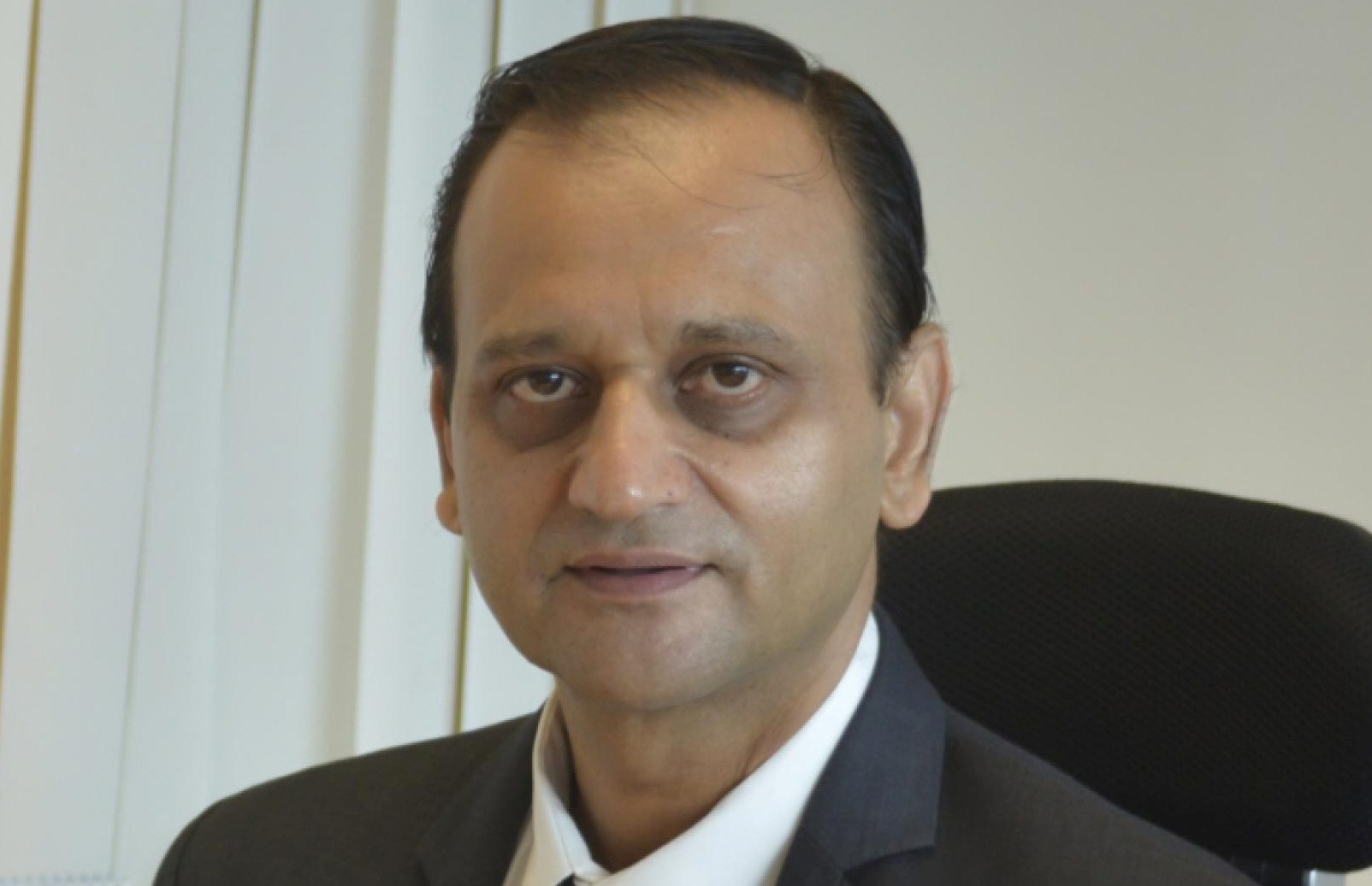
In an interaction with Power Insight, – Ashish Khanna, ED & CEO, Tata Power Solar – shared his views on Indian Solar PV Rooftop sector while looking into growth opportunities and challenges. Excerpts. .
What is your say on India achieving 40GW of rooftop solar installations by 2022 looking at the current growth scenario in the segment?
Last two years have witnessed tremendous progress in India’s journey to fulfil the solar mission. A lot of work initiated over the last few years has started bringing momentum in 2017, with a promise of further growth. There was significant surge in rooftop installations in FY2017, with a result, an additional capacity of 678MW was added to the 718MW of installations that existed at the end of FY16. However, a lot of which can adversely affect the growth quality.
The focus needs to shift from tariffs or low cost to conversations on quality, long term viability and sustainability. The solar panel come with 25 years of warranty and the discussion should be if contractual obligations, ownership,degradation factors and quality of the panels will stand the test of 25 years.
Tata Power Solar, has been ranked #1 EPC rooftop solar player for the 4th year in a row by ‘BRIDGE TO INDIA’ in its recently published India Solar Rooftop report 2017. Of the total rooftop installed capacity of 1,396 MW as of 31 March 2017 – Tata Power Solar leads the EPC market of 678 MW with a market size of over double than the closest competitor.
In spite of policy support and incentives from the centre and state governments, the segment has witnessed a slower growth than expected. In your views, what is the need of the hour – Policy modifications or Proper implementation of policies – to boost the pace of growth in rooftop segment?
Indian government has been instrumental in giving the much needed aggressive push to the sector in the initial phase. Now the need is to focus on building and strengthening the domestic solar ecosystem and technology front. Subsidy is not a sustainable model, though it always helps to drive traction to business in the initial period. The need is to invest in technology which is pertinent for rooftop solar rather than fixing the available products for this cause.
Rooftop solar at retail level involves high capex and can turn out to be higher on total cost of ownership. Incase consumer is not fully conscious of the quality & O &M costs during the life cycle. So policy modifications are definitely required to uplift the segment.
What are some of the key challenges faced by the sector that are impeding the targeted segment growth? What course of action would you suggest to overcome these challenges?
Rooftop solar can be a self-sustainable model and can be utilized for distributed generationfor areas without any connectivity. There are millions of people in India & abroad who are without any grid connectivity. Listing below some of the challenges
- Limited focus on distributed generation: Prominence on large grid connected solar projects has helped in achieving our solar growth numbers. However, true impact of solar will be visible by driving distributed generation like solar rooftops. While policies like net metering have been employed across most states, their implementation and roll-out needs that the end-customer is encouraged to adopt clean energy.
- Boost to manufacturing:Make in India initiative should also in its ambit focus on building a strong and robust manufacturing sector. Not only can manufacturing help us in becoming self-reliant from an energy perspective, but it has the potential to generate employment, boost exports and thus bring forex and therefore contribute to the overall growth of the economy.
- Building awareness: There is also merit in a concerted effort to build higher awareness among end-users as universal acceptance of solar is critical for it to transform into a more robust industry that is not dependant on subsidies and grants.
- Operations & Maintenance Needs: Once the rooftops will grow the requirement of O&M will also witness exponential; growth and hence an reliable O&M systems needs to be in place.
- Win Win solution for Discomm: Considering that the interfaces with the distribution companies in rooftop is very important that a win-win solution for both the installer and discomm is evolved; else in a long run discomm will lose interest in facilitating rooftop growth and might perceive it as threat as its growth can be detrimental to their own business.
What new and emerging business opportunities do you see in the rooftop solar segment in India and how do you see the segment evolving ahead?
Rooftop solar has manifold opportunities from the business angle and also from the angle of consumption needs. Rooftop solar technology can be used in areas beyond power generation like clean water. We have been advocating for reserving roof tops for indigenous products so that the quality parameters can be adhered and guaranteed obligations can also be enforced. This will also help in encouraging domestic products as well as technology investment in the country. Solar has the highest employability factor amongst all other manufacturing industries in the power sector.
Car ports like the largest in India installed by us at the Cochin airport. Charging stations for electric vehicles, solar powered RO Plantsand agriculture pumps are other such opportunities which have potential of growth as well as contributing towards our commitment towards clean & green powered India.



